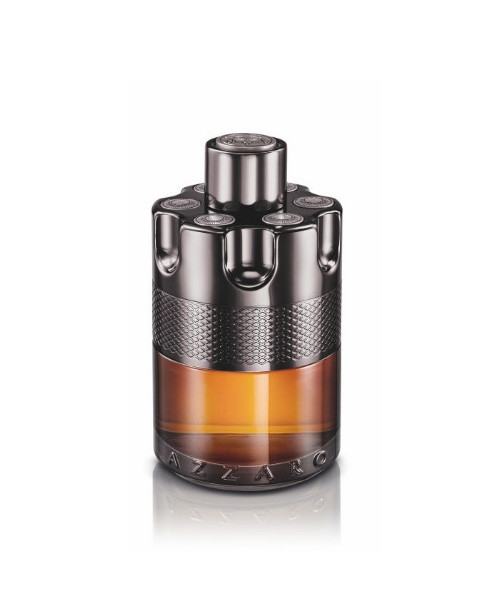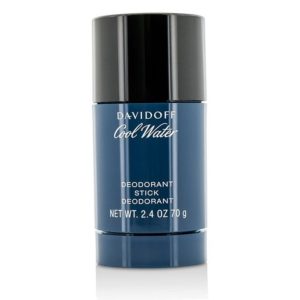Azzaro Wanted By Night Edp 100mL
You Save: $ 391
- Top notes are Cinnamon, Mandarin Orange, Lavender and Lemon;
- middle notes are Fruity Notes, Incense, Cumin and Red Cedar;
- base notes are Tobacco, Vanilla, Cedar, Leather, Benzoin, Iso E Super, Cypress and Patchouli.
12 in stock
 Free Delivery In 3 To 5 Days
Free Delivery In 3 To 5 Days










Reviews
There are no reviews yet.